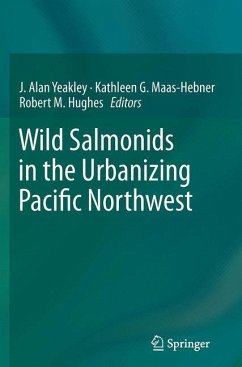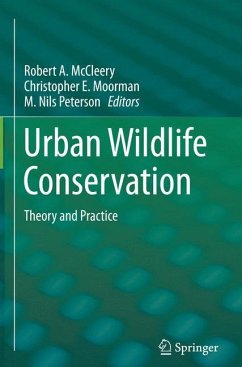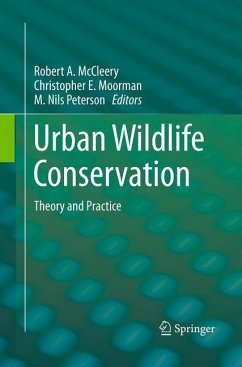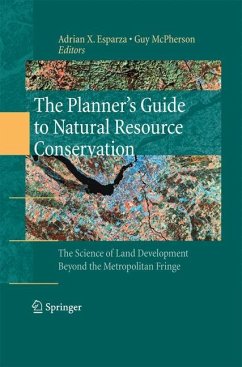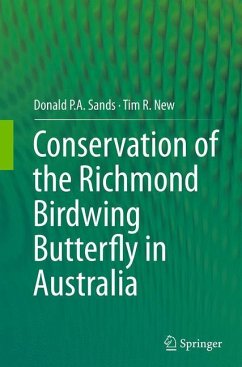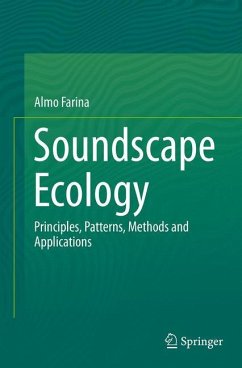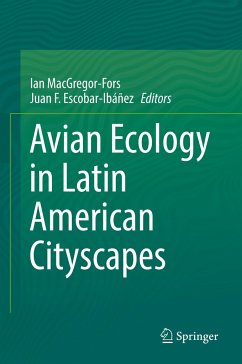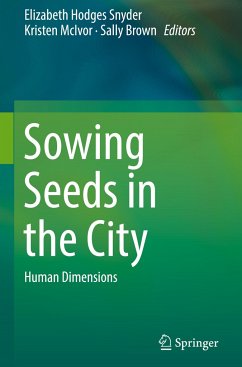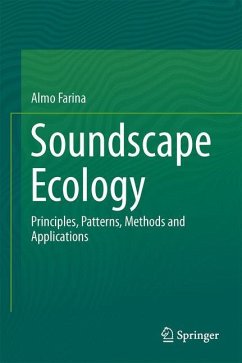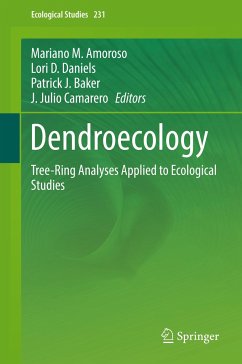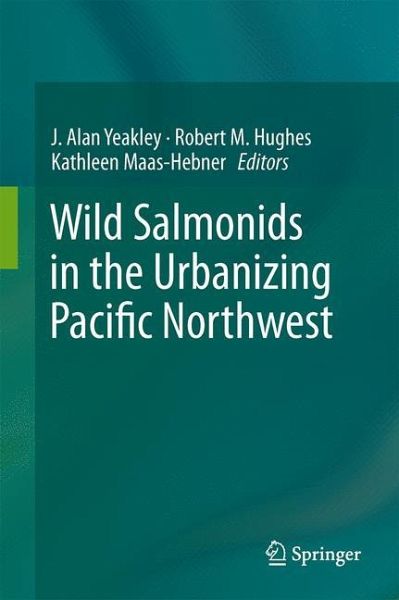
Wild Salmonids in the Urbanizing Pacific Northwest

PAYBACK Punkte
57 °P sammeln!
Wild salmon, trout, char, grayling, and whitefish (collectively salmonids) have been a significant local food and cultural resource for Pacific Northwest peoples for millennia. The location, size, and distribution of urban areas along streams, rivers, estuaries, and coasts directly and indirectly alter and degrade wild salmonid populations and their habitats. Although urban and exurban areas typically cover a smaller fraction of the landscape than other land uses combined, they have profound consequences for local ecosystems, aquatic and terrestrial populations, and water quality and quantity.?





